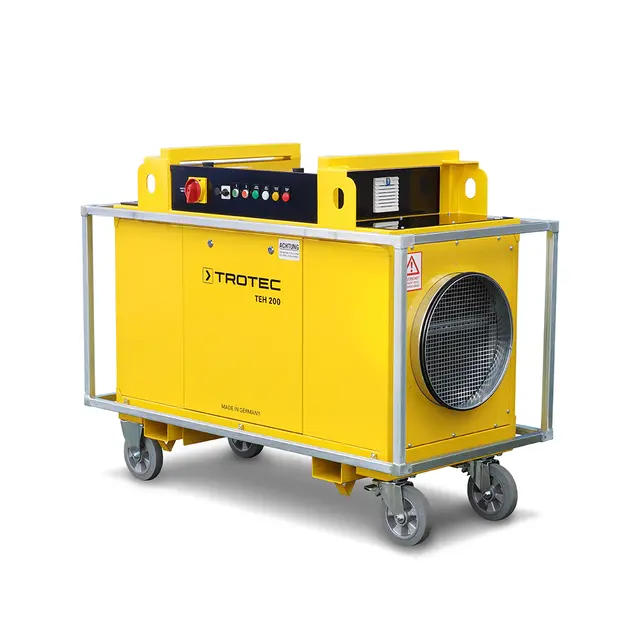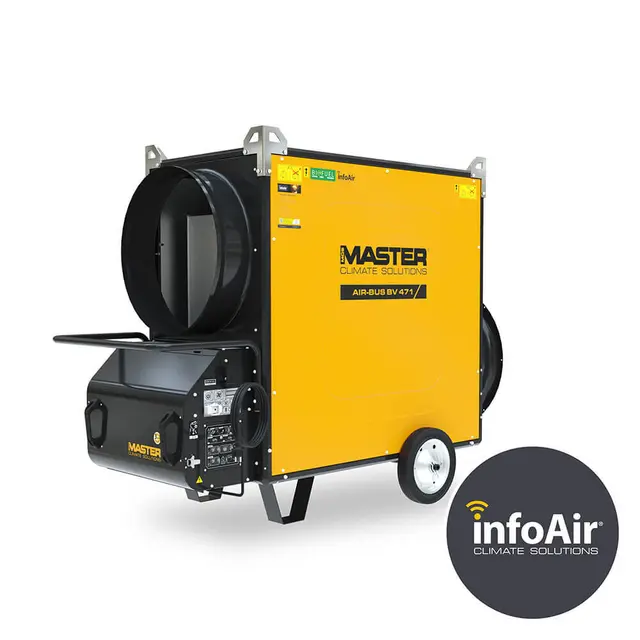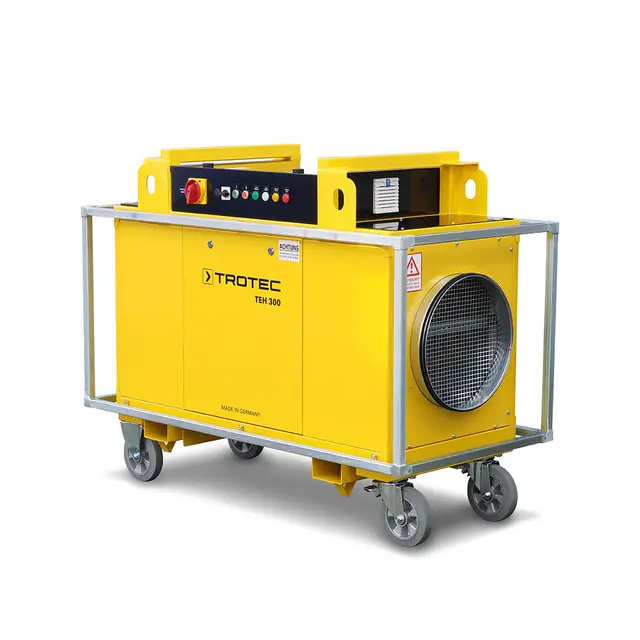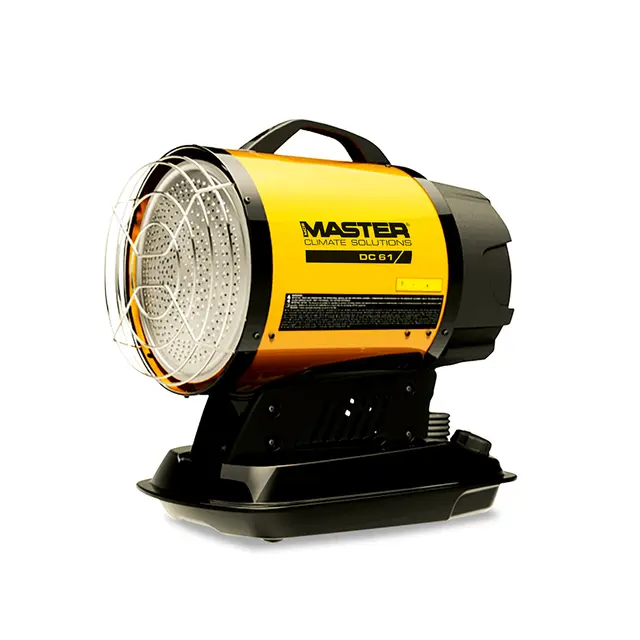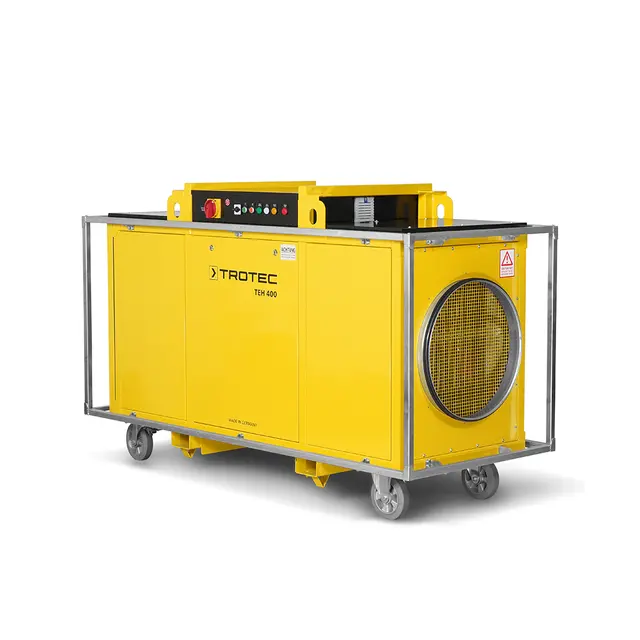How to reduce fuel and energy costs when using portable heaters
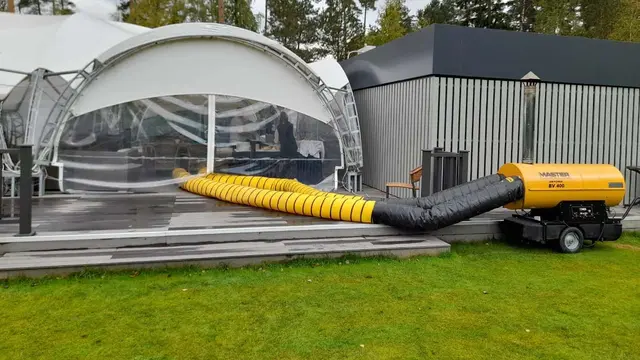
- Home
- Insights
- Heating insights
- How to reduce fuel and energy costs when using portable heaters
In this article, we discuss how organisations and operators can tackle soaring fuel and energy prices by efficiently operating their portable heaters.
Across Europe, organisations and businesses face rising fuel costs and soaring energy bills as price caps on energy, oil and gas rocket upwards.
These growing costs do not just place a greater need to keep energy usage to a minimum – they also encourage operators to minimise their carbon footprint and environmental impact.
However, implementing meaningful energy savings when using portable heating solutions is often easier said than done.
Below, we discuss how businesses and operators can reduce their fuel and energy usage when running their portable heaters.
How to maximise the energy efficiency of portable heaters
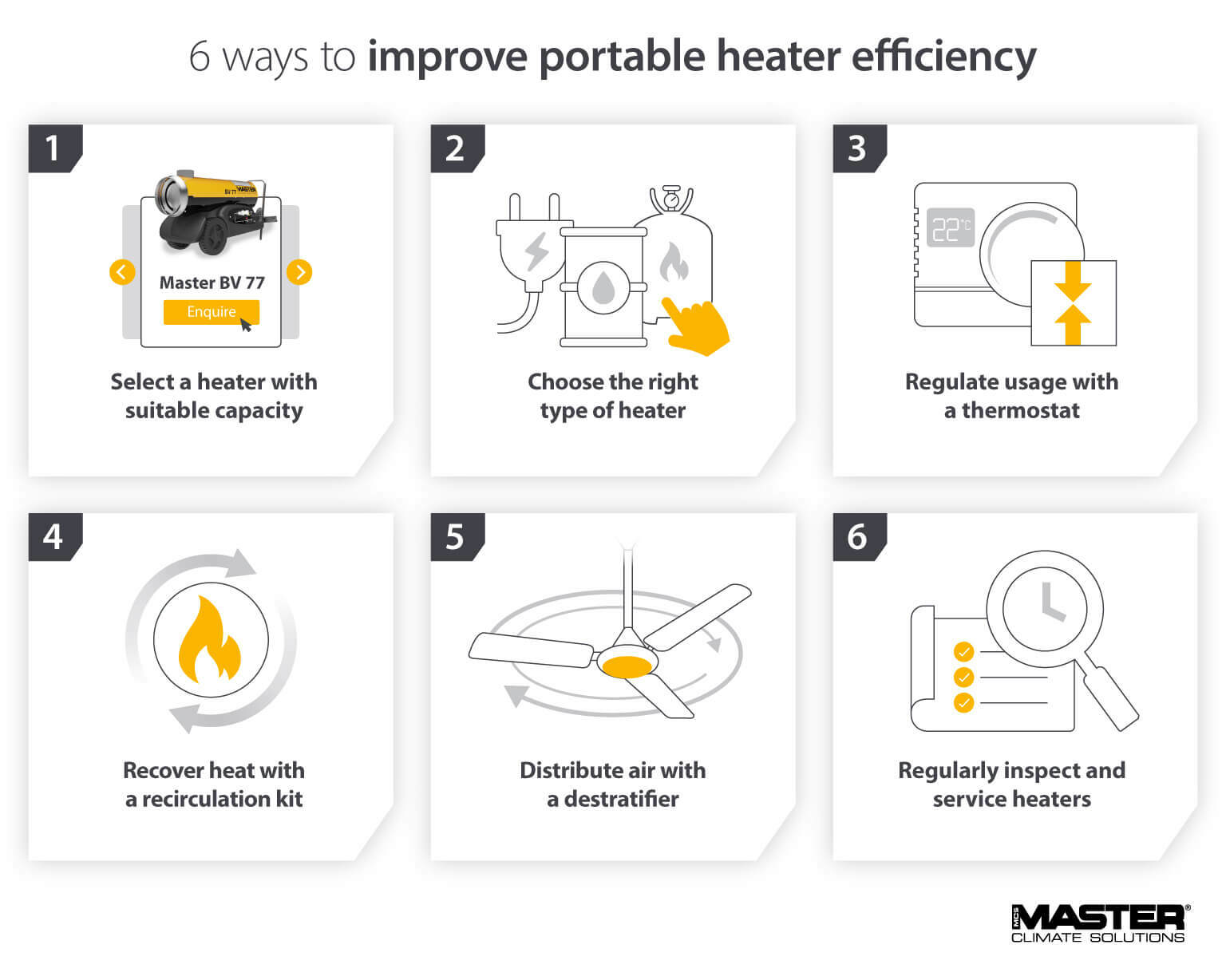
Choose a heater with the correct capacity
Whether choosing an indirect-fired oil heater, such as the AIR-BUS BV 471, a direct-fired unit like the B 360, or an infrared heater such as the DC 61, it is crucial to select a unit with the correct capacity.
If an overly large machine is selected to heat a room, temperatures can rise to uncomfortable or even unsafe levels. Crucially, this can use needlessly high volumes of fuel when compared to a solution of appropriate capacity.
Conversely, if a unit with insufficient capacity is used, temperatures may not reach desired levels, potentially requiring multiple units to operate in tandem, again raising power and fuel usage.
To select an appropriately capacious heater for the job, calculate the power required to service the premises first. There are several ways to do this:
Use Master’s free heat flow calculator
Use our Master App for iOS and Android
Get in touch with Master’s technical department
Browse the Master catalogue
Select the ideal type of heater
There are many different types of portable heaters. In order to realise the greatest savings, it is vital to select the right one for the task.
Air flow heaters are conventional systems that heat the air itself. Units that operate on this principle are ideally suited for heating entire rooms inside closed structures. Meanwhile, infrared heaters use radiant heat to warm objects and people directly, making them better suited for spot heating.
The way a portable heater delivers its heat is not the only consideration to bear in mind – the type of fuel it uses is another key decision:
Electric heaters rely on electricity for operation
Oil heaters burn Biofuel, diesel or kerosene to create warm air
Gas heaters use propane and butane for combustion
If an oil or gas heater is deemed to be the unit of choice, there is one final consideration – choosing between direct and indirect portable heaters.
As oil or gas is burnt to generate heat, products of combustion are naturally released during operation. This is called direct-fired heating, and is most suitable for outdoor spaces or populated interiors with sufficient ventilation.
Direct-fired heating is characterised by high temperatures, quicker times to heat, and the release of warm, polluted air.
Indirect-fired heaters also harness the power of combustion, but house the flame within a combustion chamber – this prevents pollutants from being released during operation, making them perfect for use indoors.
Indirect-fired heating is characterised by the emission of clean, warm air, as well as lower peak temperatures and slower times to heat.
Learn more about the advantages and disadvantages of direct and indirect-fired heating.
Why is choosing the right portable heater important? If an inappropriate heater is selected, it may not be able to perform the desired role effectively or at all, sending operating costs up. To select the right heater for the job:
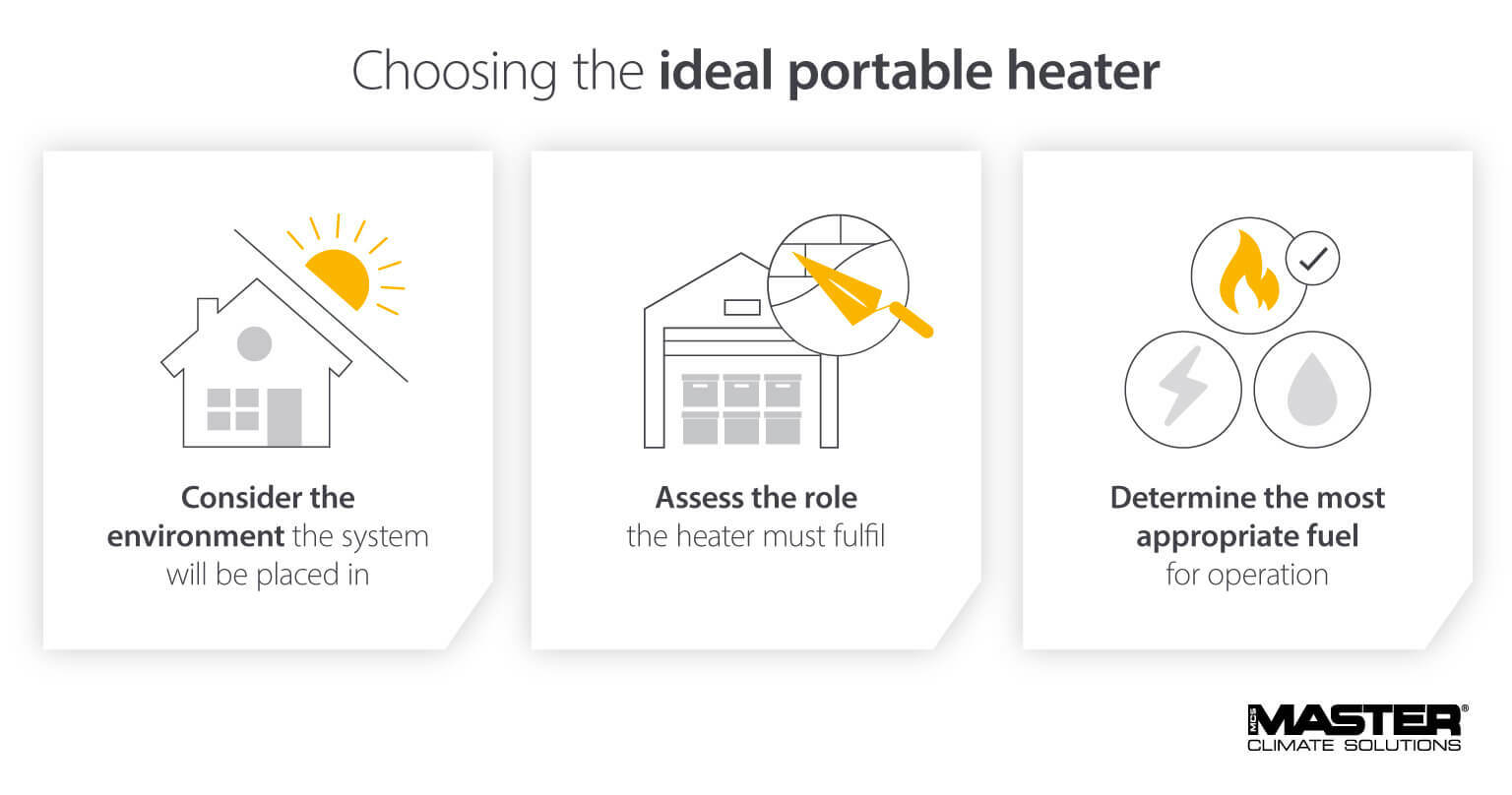
Use a smart thermostat
A smart room thermostat is one of the most important accessories for a portable heater as it allows for automatic temperature control.
After the temperature is manually set on a thermostat, this continually monitors the surrounding conditions. When the set temperature is reached, the thermostat will then automatically turn the heating off.
Not only does this solution help keep conditions inside comfortable for workers, but it also ensures systems operate only when they are needed, leading to reduced energy and fuel usage.
Install a recirculation kit
Used only with indirect-fired heaters, a recirculation kit is another important accessory for maximum energy efficiency.
Warm air from inside a building is extracted. This warmth is then mixed with the stream of fresh outdoor air, creating a warm and clean atmosphere inside.
Heat recovery has a direct impact on energy efficiency, as every kilowatt spent heating a space is maximised. When used with a smart thermostat, this kit also reduces the demand for the portable heater itself, helping generate energy savings as high as 30%.
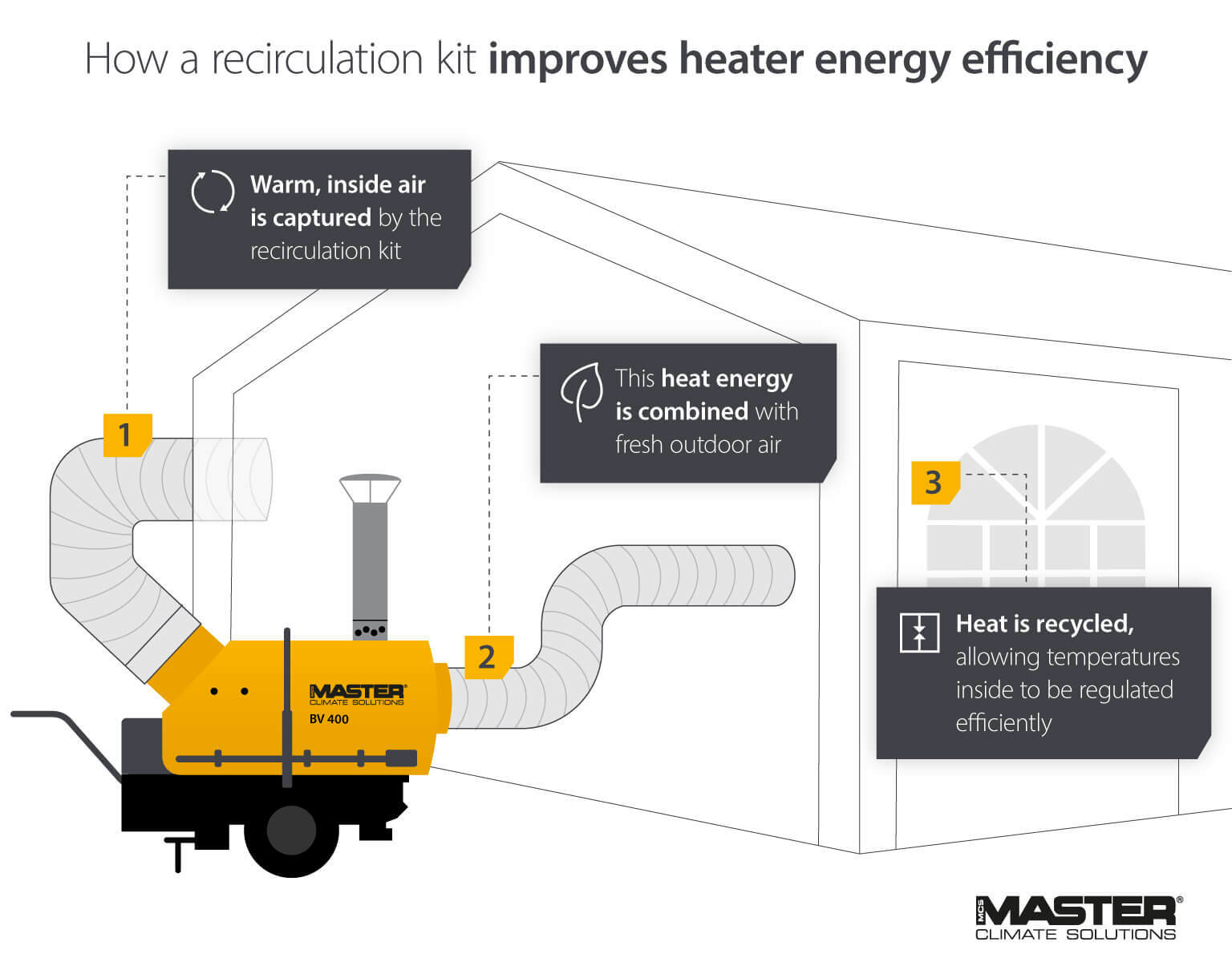
Buy a destratifier or fan and blower
To prevent warm air from rising upwards or from converging in a single pocket in a building, destratifiers are an important tool for efficient and effective air distribution inside permanent structures.
Installed on the ceiling of buildings, rotor blades spin and push warm air downwards, allowing a more even distribution of heat throughout a space. This can ease the demands on a portable heater, and reduce the energy required to warm people by as much as 30%.
Warm air rising is not just an issue for permanent structures. Large marquees and temporary buildings can also save energy by evenly distributing heat with fan and blower systems, such as the BL 6800.

Regularly inspect and maintain equipment
The condition of the heater itself will also have a significant impact on how efficiently it performs.
If filters are worn or blocked, screws are loose or cables are frayed, the unit will not deliver the kind of fuel and energy efficiencies needed to reduce heating bills.
A maintenance strategy that prioritises energy and fuel efficiency cannot be reactive – it must be proactive.
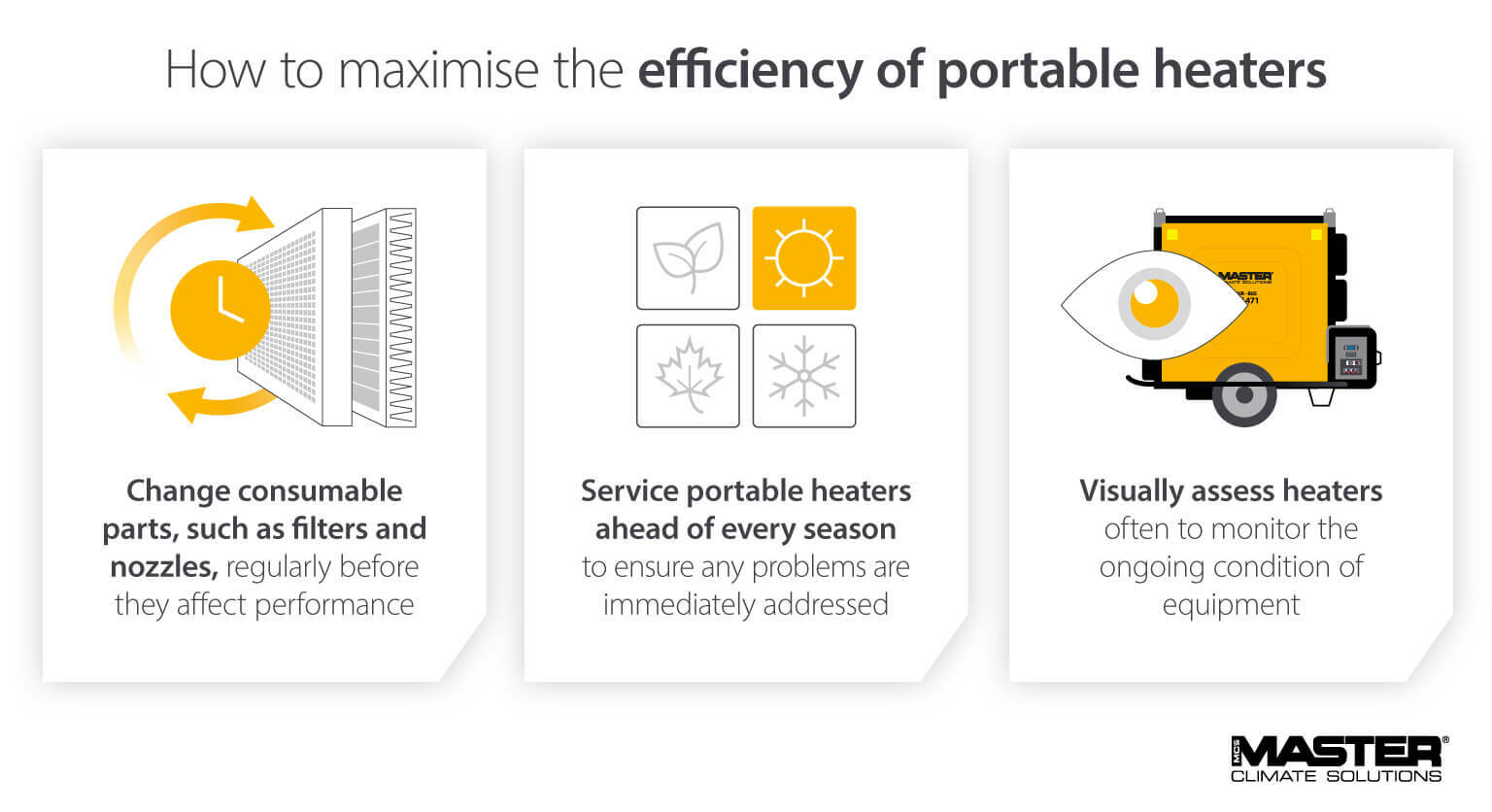
For information about a specific device, as well as best practices for maintenance, the user manual should always be consulted first.
Learn everything you need to know about preparing and maintaining portable heaters.
Why Master is the go-to manufacturer for portable heaters
With rising energy tariffs and rocketing gas prices, businesses and operators worldwide are doing all they can to improve the energy efficiency of their existing portable heaters.
However, driving down energy bills is not just a case of adopting energy-saving practices. To realise the most significant energy and fuel savings, it is crucial to select technology from a trusted manufacturer.
Master Climate Solutions is one of Europe’s foremost providers of efficient, sustainable and durable portable heaters. Built to perform and designed to last our vast range of products accommodate any need.
It is not just our high-quality portable heaters that embody these core values – it is also evident in our broad range of accessories, as well as our after-sales service.
All Master products are backed by a 3-year limited warranty
Our solutions are supported by a network of advice, spares and technicians
We have the flexibility to support orders of any size
Master has a fierce commitment to sustainability
For more information about our efficient heaters, and the impact they can have on your fuel and energy bills, get in touch using the contact form below.
Related products
Featured insights

A first of its kind in the global climate control industry, the new Apple/Android app from Master is an ideal tool for salespeople, service agents and end users who are interested in professional heating, cooling, drying or ventilation solutions. Containing the complete product catalogue along with a range of calculation and selection tools, it’ll guide you to the best portable solution for your next project.
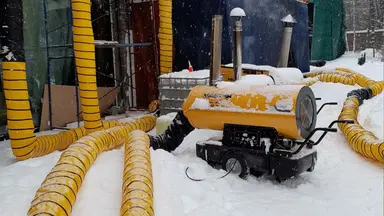
Ensure that construction heaters are applied effectively and safely by following this helpful guide.
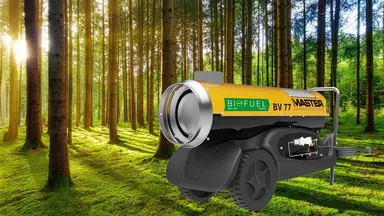
BioFuel is here – are you ready for change?
Need help with choosing the right solution? Our team of over 100 climate control experts can assist.
You can also reach out or join the discussion on our Social Media. Check out our LinkedIn page.
